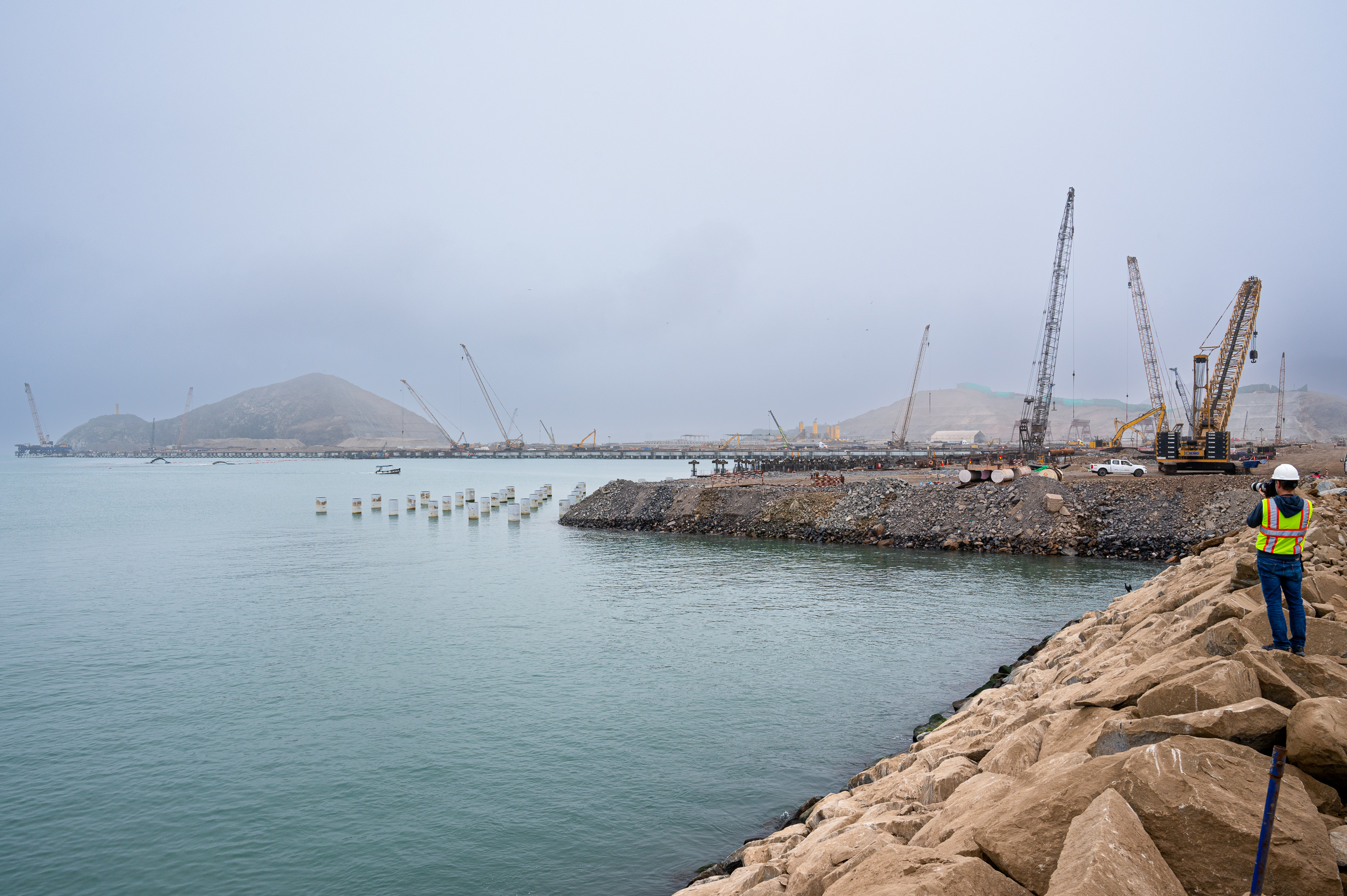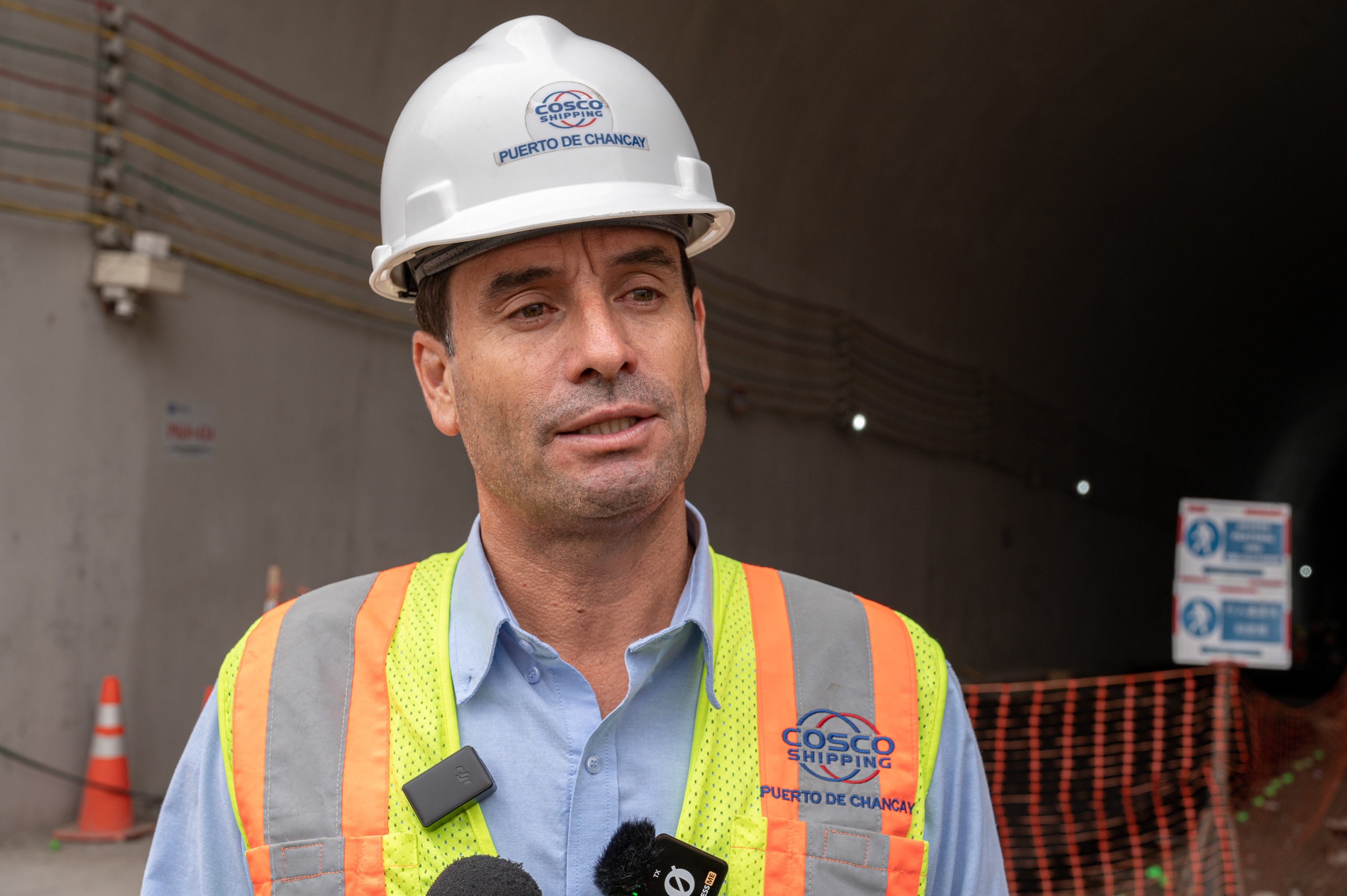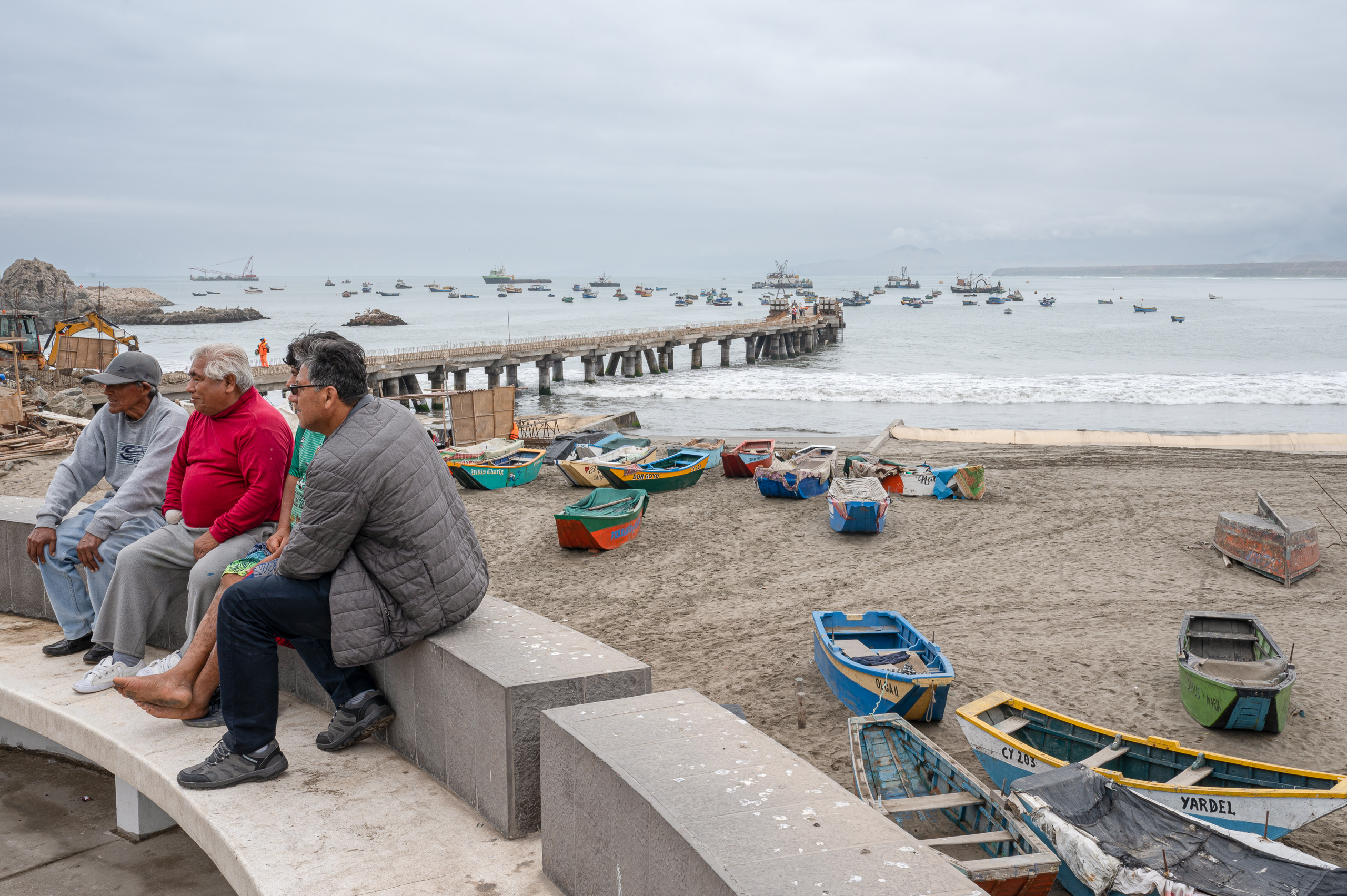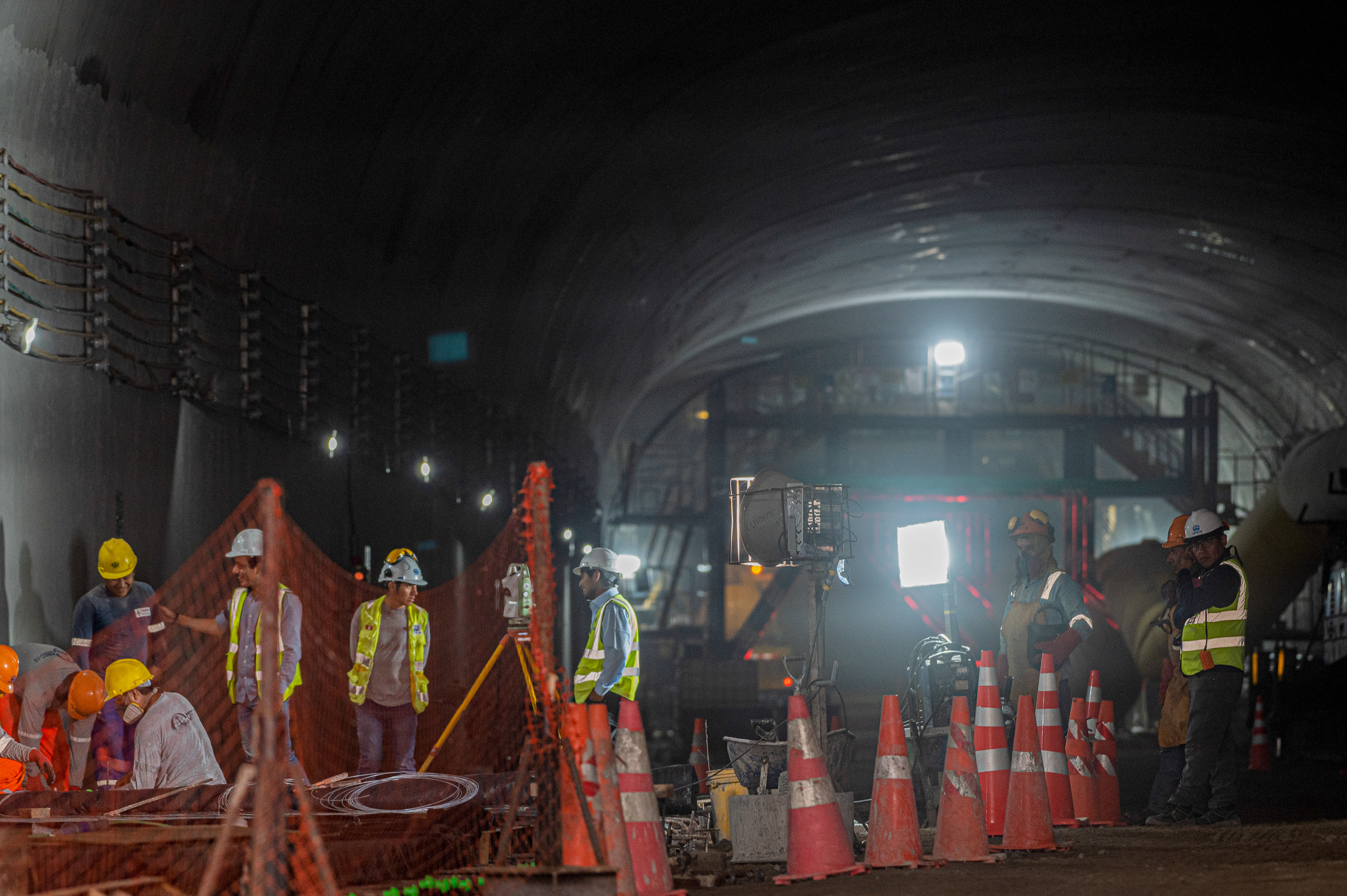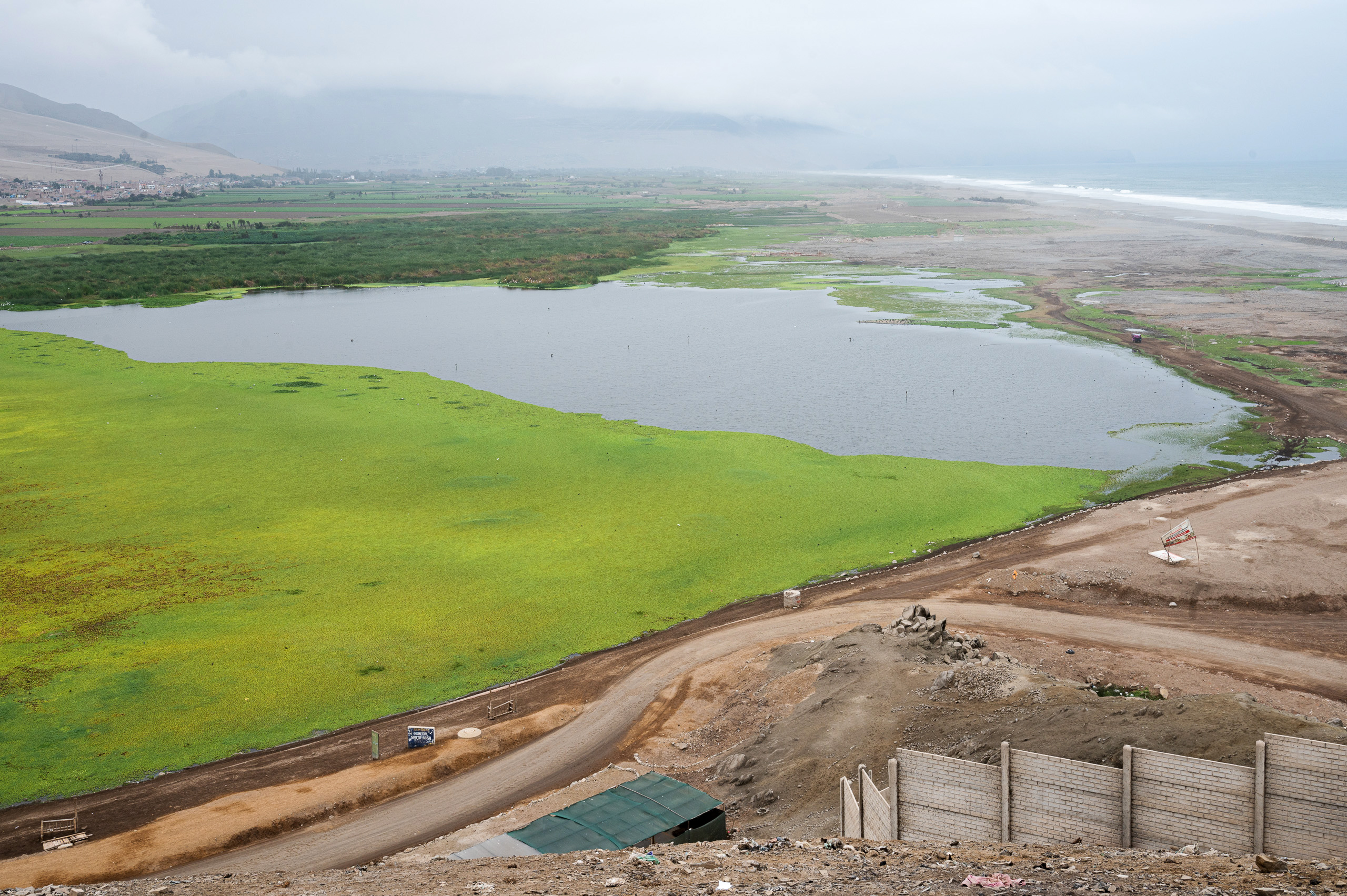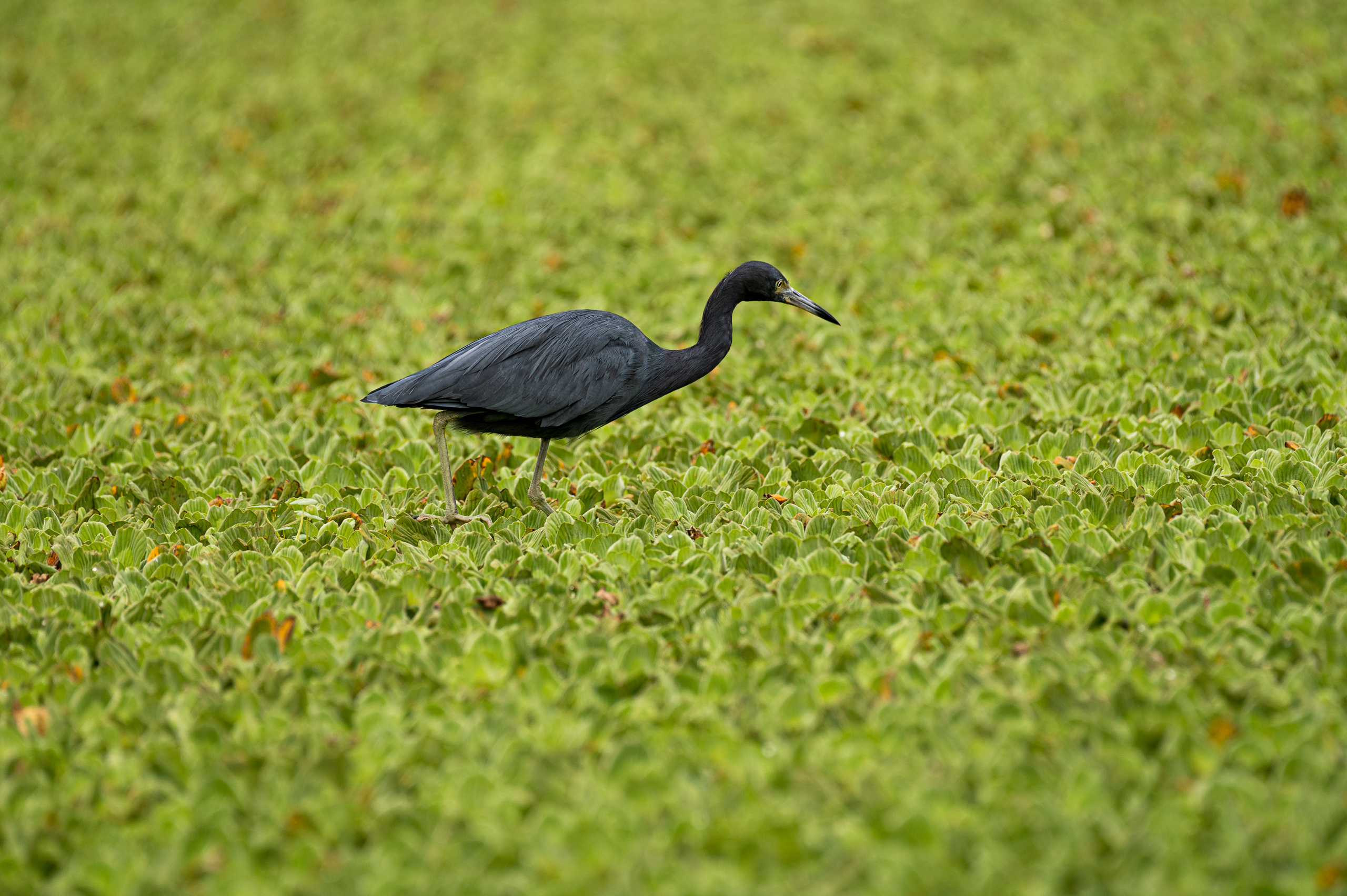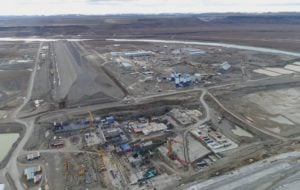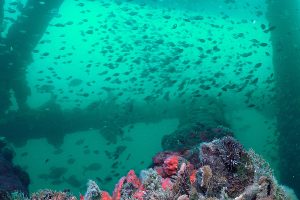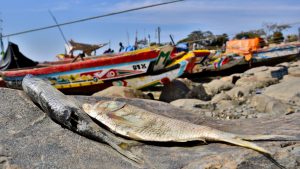With an estimated outlay of over US$3.5 billion, the port of Chancay is one of the largest investments to have arrived in Latin America under the Belt and Road Initiative, China’s global infrastructure and connectivity programme.
Located around 80 kilometres north of Peru’s capital city, Lima, it is hoped that the planned deepwater port will ease trade between the two regions when it begins to welcome ships next year, and may also open new opportunities for Peru’s South American neighbours. But as works continue, the project still faces questions over conflicts that have long rumbled on with nearby communities.
The first part of the megaport is set to be inaugurated in November 2024, as Lima hosts the Asia-Pacific Economic Cooperation summit that promotes trade among countries sharing the Pacific Ocean – 16 years after the project was first conceived by Peruvian mining company Volcan.
In 2019, Chinese state-owned enterprise COSCO Shipping acquired a 60% stake in the port. “It will be the most important hub in South America,” said Peru’s then-president, Martin Vizcarra, as the agreement was announced at Davos in Switzerland.
In 2021, COSCO signed deals with the China Harbour Engineering Company and China Communications Construction Company to help build the facility. This first phase of the Chancay port will have the capacity to handle a projected 1 million containers per year and allow larger ships to dock in South America, Mario De las Casas, corporate affairs manager of COSCO Shipping Ports Chancay Peru, told Diálogo Chino.
On the Pacific coasts of the Americas, De las Casas said, ultra-large vessels – which can reach 400 metres in length and transport more than 18,000 containers – can only disembark in the ports of Long Beach in the United States, and Manzanillo, Mexico. Much trade between Asia and South America is therefore currently done indirectly, with shallower transports along intermediate ports on the Pacific coast. Chancay would lower freight costs, as well as travel times, De las Casas said.
Chile, Ecuador and Colombia could also take advantage of these benefits, but the greatest interest may come from Brazil. Brazilian business figures have made visits to Chancay and, according to De las Casas, have expressed interest in the construction of a road between the port and the western Brazilian state of Acre, aiming to speed up access to maritime trade with Asia.
But the sheer scale of the Chancay project has also brought the prospect of large impacts on surrounding environments and the population of the city that gives it its name. Since works began, local residents have alleged a range of violations linked to the port’s construction, several of which they claim have yet to be resolved.
Community impacts and conflicts
“Before, you went down to the beach, you had fresh fish, vegetables, fruits, fresh milk, we felt privileged,” says 55-year-old Julia Olorting Santa Cruz, who has lived in Chancay for 35 years. “But since the blasting started in 2016, there has been a radical change.”
The blasts Olorting refers to are explosions and excavations that have been carried out by the companies building the port in order to flatten land adjacent to the coast. Residents say that during the project’s early stages these blasts often occurred every weekday, but in recent years isolated explosions have taken place only periodically. Blasts have usually taken place at 3pm, with the company sounding a warning ten minutes before the start. The vibrations generated by these activities have led to cracks forming in Olorting’s house, as well as many others within the project’s zone of influence, as Diálogo Chino witnessed on a visit to Chancay in 2021.
Olorting’s home is one of 57 in the 21 de Enero settlement, on the slopes of El Cascajo, a hill that stands adjacent to the planned port area. She told Diálogo Chino that she has been diagnosed with anxiety and insomnia, which she links to the construction works, and which has led her to move away from her house, renting in a quieter rural area 20 minutes away.
Cooperacción is a Peruvian NGO that has been working in Chancay for more than 20 years. Alejandro Chirinos, its executive director, said they support the claims made by the city’s inhabitants. The NGO has reported various impacts arising from the Chancay port project, including on the physical and mental health of nearby residents, as well as the integrity of their homes, archaeological sites and local cultural activities. “The conflicts [between the company and community] have not been able to be faced in an institutional manner, and the company has been advancing while continuously impacting on the population,” Chirinos told Diálogo Chino.
COSCO’s De las Casas told Diálogo Chino that “the intention is not to impact the society of Chancay.” The company’s social responsibility coordinator, César Cacho, claimed that “everyone is satisfied with our works and our compensation programmes,” referring to schemes that have been offered to many affected residents in damaged properties. “The questions we have been asked are about dust, noise and damages, which we resolve on a day-to-day basis,” Cacho added, and claimed that those who disagree with the project live far from the area of influence.
Elsewhere, Mar Pérez Aguilera, head of the office for protection of defenders at the National Coordinator for Human Rights (CNDDHH), said that the company has initiated legal proceedings against the inhabitants of Chancay who are against these works.
“They should not promote legal proceedings against people who are making legitimate demands. From the CNDDHH we have been following cases of social leaders who are being sued,” said Perez. Cooperacción reports that five citizens have faced legal action for public comments criticising the project.
COSCO’s De las Casas told Diálogo Chino that they have only prosecuted those who have “attacked the company’s image”.
According to specialists and residents, the main cause of the conflicts is the alleged secrecy with which the project has been handled from the beginning. “Nobody told us what the work was about,” said Julia Olorting. “When the first blast came, we filed complaints with the authorities, but they told us that we were wrong, that we were lying.”
Since these first complaints and with the port works underway, Miriam Arce Pita, president of the Association in Defence of Housing and Environment of the Port of Chancay and a secretary for the Front for the Defence of Dignity and Freedom of Chancay, has met with the Ministry of Transport, with the government’s Council of Ministers, and with the National Port Authority in the past year, in an attempt to verify that the works were following proper procedures.
We asked them to present us the masterplan for the operation of the docks, and who they are going to expropriate to make the new highway. But nobody has anything. This project will only benefit a small group of people.Miriam Arce Pita, president of the Association in Defence of Housing and Environment of the Port of Chancay
“We asked them to present us the masterplan for the operation of the docks, where the alternate Pan-American north highway [a planned route to alleviate traffic] is going to pass through, who they are going to expropriate to make the new highway,” Arce said. “But nobody has anything. This project will only benefit a small group of people.”
De las Casas did not comment in detail on the planned road, but said that studies have been carried out to assess the project’s impacts.
Employment and ecosystems
COSCO’s Cacho explained that the first conflicts the company had were with local fishers’ associations, saying that this was due to a “lack of information and the fear that a new thing generates”. He said that they had to change their fishing routes due to the project’s arrival, but claims that “now they are the most supportive of the project”.
Some locals, however, have rejected this assessment, including a member of the Chancay Pier Fishers’ Association, founded 35 years ago and comprised of 174 fishers.
“We did not agree with the way the company was handling things for the construction of the megaport,” said the member, who asked to remain anonymous. “Now we have an internal agreement with the company, an agreement on schooling bonuses, work compensation. Many of us are still in disagreement, but with no other alternatives, we had no choice but to accept their offers.”
Cooperacción’s Chirinos said that the process of clearing the seabed of the coastline to install the port terminal is causing the death of the biodiversity that sustains local artisanal fishing. This means that shore and cliff fishing – local traditions – will be lost, and thousands of people could be left without work: the NGO reports that the work of each fisher – those engaged directly in artisanal fishing – creates seven indirect jobs. An alternative for these fishers is to relocate their work 10 kilometres to the north of the city, but this would imply different costs, and it is uncertain how many would be willing to take these on.
The Chancay port authority has previously said that the first stage of the port alone will generate more than 9,000 jobs, directly and indirectly, claiming that 90% of these will go to Chancay locals. De las Casas did not give precise estimates on indirect jobs, but said the port will be highly automated, with up to 700 direct jobs created.
Elsewhere, concerns have been expressed over the impacts the megaport may have on nearby ecosystems. One hundred metres from one of the entrances to the construction zone is the Santa Rosa wetland, an important natural reserve for many bird species and the “lungs” of the coast north of Lima.
“One of the wetland’s functions is to capture carbon to purify the air,” said Williams Jurado Zevallos, general coordinator of the Santa Rosa Wetland Neighborhood Watch Committee.
“Its efficiency is double that of a forest, which means that the 77.8 hectares of the wetland purify the same amount of air as about 160 hectares of forest,” Jurado claimed. However, the extreme proximity of the port project places this area at risk. The coordinator said that the impact of pollution and the effects on the wetland’s birds must be taken into account.
Alejandro Chirinos said that the modification to the environmental impact study (MEIA), approved in 2020, only mentions noise as an impact on the area, but not on the birds that rest and nest in the wetland. He expressed fear that a potential greater demand for drinking water in the area with the growth of the port will exhaust the wetland’s sources and dry it up.
For Chirinos, if the requests of the population are not taken into account, “a process of silent expulsion would be generated in Chancay, with the expulsion of biodiversity, rights and culture, the constituent elements of the district.” He said that, in such a scenario, the megaport’s touted benefits may not be as immense as is claimed.
COSCO’s representatives told press that the company had taken part in a multi-party commission held by the local government that studies the wetland, which reported that birds had continued to arrive in the area, with some species numbers rising.
